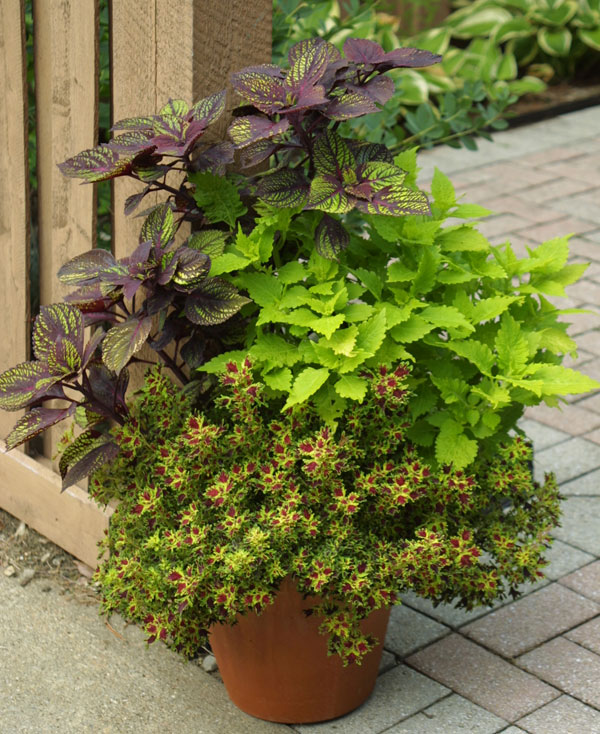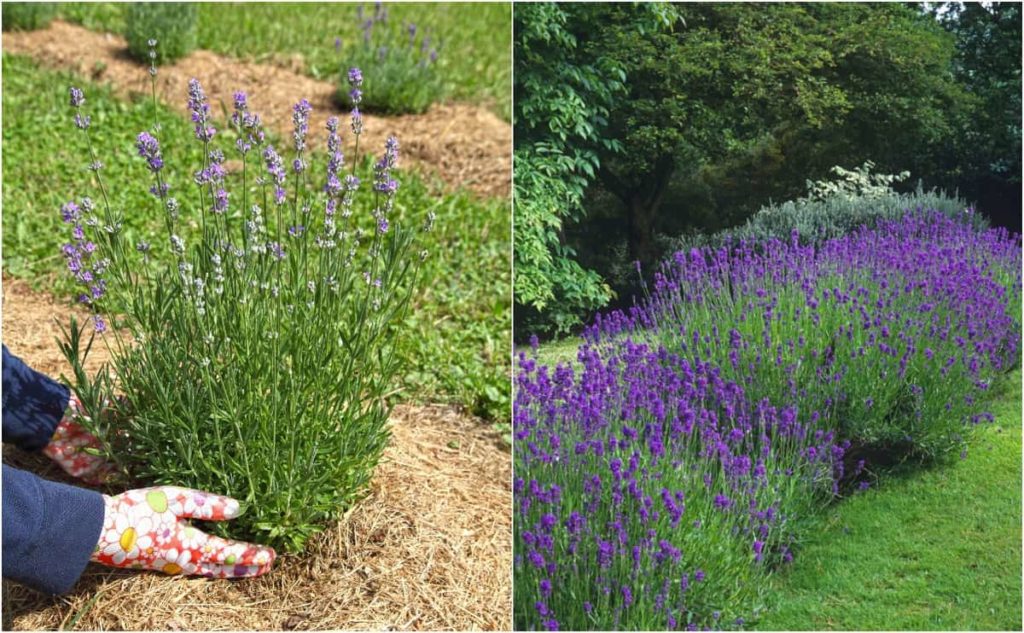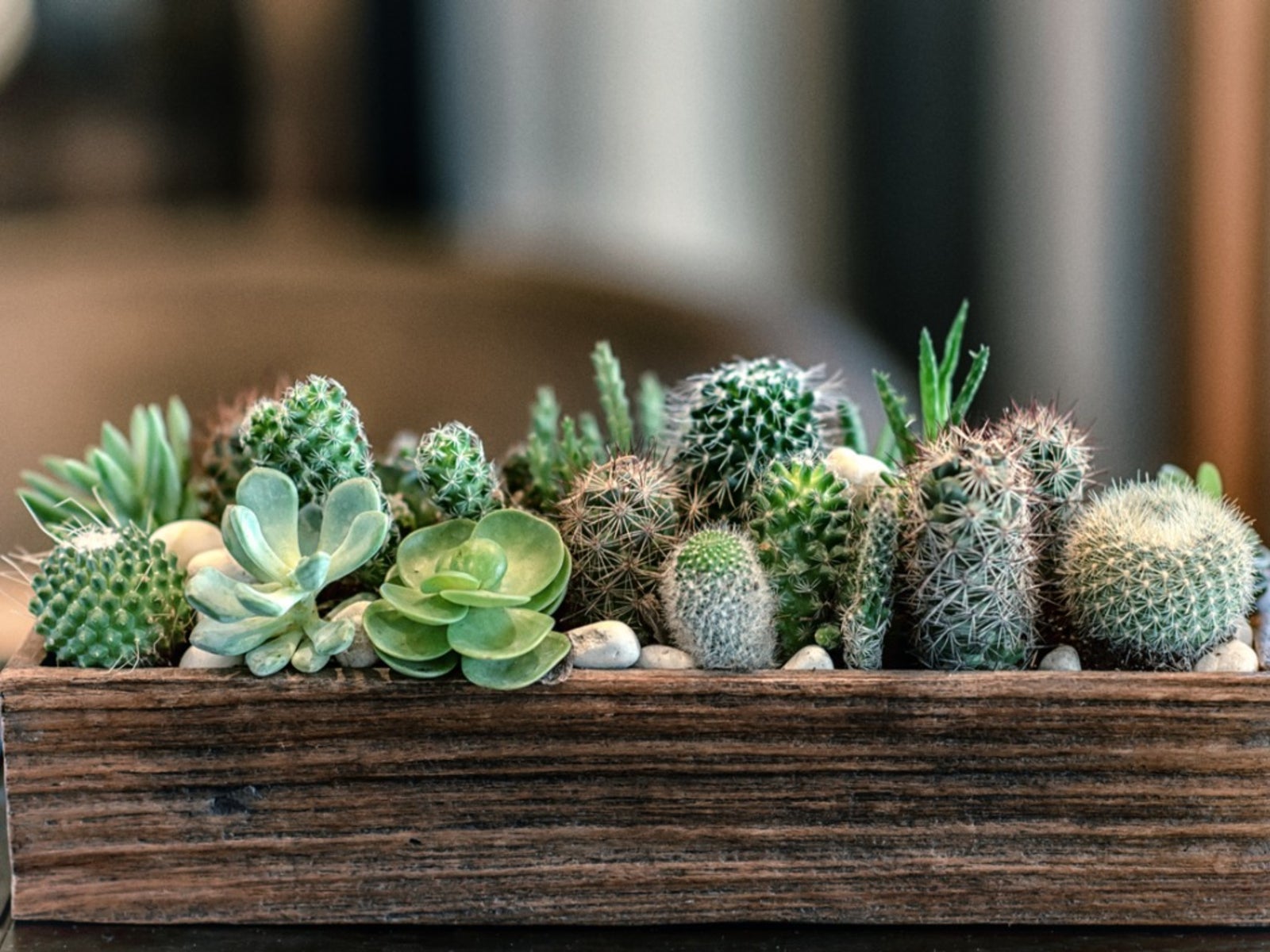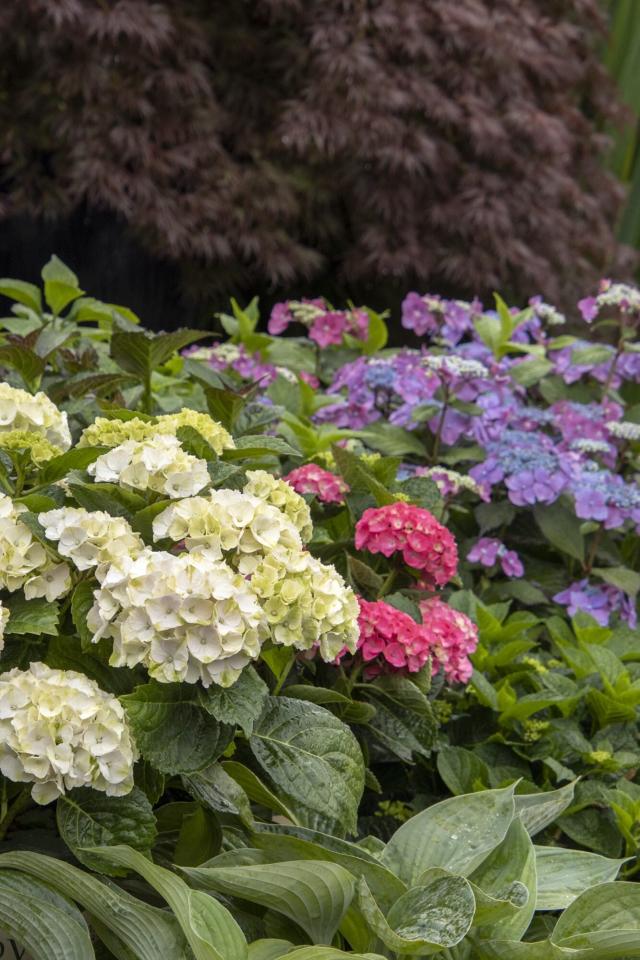The Secret To Growing Beautiful Plants: Partner Plants
The Secret to Growing Beautiful Plants: Partner Plants
Have you ever wondered why some gardens seem to be so lush and productive, while others struggle to grow anything? One of the secrets to a thriving garden is companion planting.
Companion planting is the practice of planting certain plants together to benefit each other. Some plants attract beneficial insects, while others repel pests. Some plants improve the soil, while others provide shade or support. By planting the right plants together, you can create a garden that is healthy, productive, and beautiful.
In this blog post, we will discuss the benefits of companion planting and share some of the best plant combinations. We will also provide tips for getting started with companion planting.
Benefits of Companion Planting
There are many benefits to companion planting. Here are a few of the most important ones:
- Improved pollination: Some plants attract beneficial insects, such as bees and butterflies. These insects help to pollinate flowers, which results in more fruits and vegetables.
- Reduced pest pressure: Some plants repel pests. For example, marigolds are known to repel nematodes, which can damage the roots of plants.
- Improved soil health: Some plants improve the soil by adding nutrients or breaking down organic matter. For example, legumes fix nitrogen in the soil, which can benefit other plants.
- Increased yields: Companion planting can help to increase yields by improving the overall health and productivity of the garden.
- Enhanced beauty: Companion planting can also add beauty to your garden. By planting different colors, textures, and heights of plants together, you can create a visually appealing and inviting space.
Best Plant Combinations
There are many different plant combinations that can benefit each other. Here are a few of the most popular ones:
- Marigolds and tomatoes: Marigolds repel nematodes, which can damage the roots of tomatoes. They also attract beneficial insects, such as ladybugs, which help to control pests.
- Garlic and roses: Garlic repels aphids, which can damage roses. It also helps to improve the soil around roses.
- Beans and peas: Beans and peas fix nitrogen in the soil, which can benefit other plants. They also help to suppress weeds.
- Carrots and onions: Carrots and onions repel each other's pests. They also have different root systems, so they don't compete for water and nutrients.
- Lettuce and nasturtiums: Lettuce and nasturtiums attract different beneficial insects. Lettuce attracts ladybugs, which help to control aphids. Nasturtiums attract hoverflies, which help to control whiteflies.
Tips for Getting Started with Companion Planting
There are a few things to keep in mind when getting started with companion planting:
- Do your research: There are many different resources available to help you learn about companion planting. Books, websites, and even your local nursery can be great sources of information.
- Start small: Don't try to do too much at once. Start by planting a few of the most popular companion plant combinations.
- Be patient: It takes time to see the benefits of companion planting. Don't get discouraged if you don't see results immediately.
Conclusion
Companion planting is a great way to improve the health, productivity, and beauty of your garden. By planting the right plants together, you can create a thriving ecosystem that benefits both you and the plants.
Partner plants are a fascinating and important part of the natural world. These plants work together to create a mutually beneficial relationship, each providing something that the other needs. For example, one plant might provide shade for another plant, while the other plant might provide nutrients for the first plant.
There are many different types of partner plants, and they can be found in a variety of habitats. Some common examples of partner plants include:
- Comfrey and beans: Comfrey attracts beneficial insects that help to control pests, while beans provide nitrogen for the comfrey.
- Marigolds and tomatoes: Marigolds repel nematodes, which can damage tomatoes.
- Cabbage and nasturtiums: Nasturtiums attract aphids, which cabbage beetles then eat.
If you're interested in learning more about partner plants, I recommend visiting Gardenia Inspiration. This website has a wealth of information on the topic, including a list of common partner plants, as well as tips on how to plant them together.
FAQ of partner plants
1. What are partner plants?
Partner plants are two or more plants that are grown together because they benefit each other in some way. For example, one plant might attract pollinators that also benefit the other plant, or one plant might help to suppress weeds that could harm the other plant.
2. How do I choose partner plants?
There are a few things to consider when choosing partner plants. First, you need to think about the needs of each plant. What kind of sunlight do they need? How much water do they need? What kind of soil do they prefer?
Once you know the needs of each plant, you can start to look for plants that complement each other. For example, if you have a plant that needs full sun, you might want to pair it with a plant that can tolerate shade. Or, if you have a plant that needs a lot of water, you might want to pair it with a plant that is drought-tolerant.
3. What are some examples of partner plants?
Here are a few examples of partner plants:
- Marigolds and tomatoes: Marigolds help to repel pests that can damage tomatoes, such as aphids and whiteflies.
- Cucumbers and beans: Beans fix nitrogen in the soil, which benefits cucumbers. Cucumbers provide shade for beans, which helps to keep them cool.
- Lavender and roses: Lavender helps to repel pests that can damage roses, such as aphids and spider mites.
- Sunflowers and zinnias: Sunflowers attract pollinators that also benefit zinnias.
- Petunias and pansies: Petunias and pansies both attract pollinators, and they can help to suppress weeds.
4. Where can I find more information about partner plants?
There are a number of resources available to help you learn more about partner plants. You can find books, articles, and websites that provide information on different types of partner plants, as well as tips on how to choose and plant them.
5. How do I care for partner plants?
The care requirements for partner plants will vary depending on the specific plants involved. However, there are a few general things to keep in mind.
- Make sure that all of the plants in your partnership have the same basic needs.
- Water and fertilize your plants regularly.
- Watch for pests and diseases, and take steps to control them if necessary.
Image of partner plants
- Coleus and ferns: These two plants complement each other well, with the coleus providing bright colors and the ferns adding a touch of elegance.

- Hostas and hydrangeas: These two plants thrive in the same conditions, so they make great partners in the garden. The hostas provide a lush backdrop for the hydrangeas' blooms.
- Lavender and rosemary: These two herbs are both drought-tolerant and attract pollinators, so they're a great choice for the garden. The lavender's blooms add a touch of color, while the rosemary's leaves can be used for cooking.

- Succulents and cacti: These two plants are both low-maintenance and can thrive in dry conditions, making them a great choice for the patio or balcony.

- Tomatoes and basil: These two plants are often grown together because they complement each other well. The tomatoes provide the basil with support, while the basil helps to deter pests from the tomatoes.

Post a Comment for "The Secret To Growing Beautiful Plants: Partner Plants"